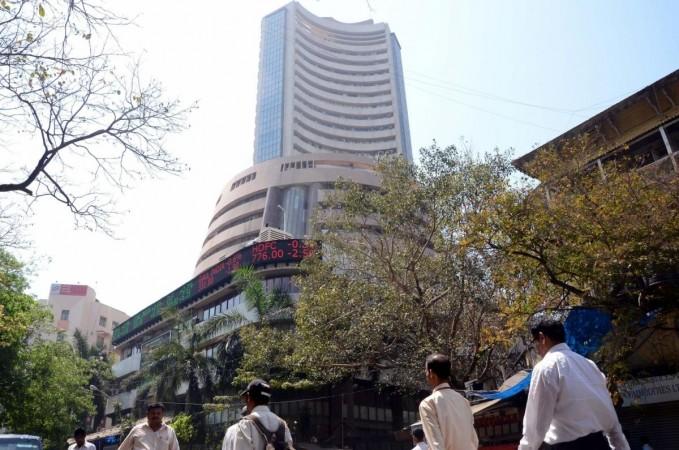Indian shares on Thursday showed early signs of recovery with the benchmark BSE Sensex at 57,012 or 419 points more from the previous session's claosure while Nifty opened at 16,984.45 or 125.85 points more.
The benchmark indices ended lower on Wednesday with Sensex falling more than 500 points, and Nifty ending over 140 points down. Sensex closed 509.24 points or 0.89 per cent down at 56,598.28, while Nifty closed lower by 148.80 points or 0.87 per cent at 16,858.60.
About 2,092 shares declined, 1,335 shares advanced while 105 remained unchanged on Wednesday.
ITC, Axis Bank, Reliance Industries, Tata Steel, IndusInd Bank and State Bank of India were the major losers on the Sensex. Nifty Bank was down 2.07 per cent, Nifty Metal was down 1.94 per cent while BSE Energy was down 1.09 per cent.

"Markets remained choppy with a sharply downward bias, as investors exited banking and metal stocks ahead of the monthly F&O expiry with the likely rate hike by the RBI and other central banks, indicating that bearish sentiment could continue going ahead," said Shrikant Chouhan, Head of Equity Research (Retail), Kotak Securities Ltd.
Among sectors, metals, banks and power fell the most while healthcare, IT and auto indices rose the most.
"Nifty continued its downmove and now 16,653-16,752 band could provide support for the near term. On upmoves, 16,978 could offer resistance," said Deepak Jasani, Head of Retail Research, HDFC Securities.

Broad market outperformed with the midcap/smallcap indices falling 0.43-0.47 per cent, and the advance decline ratio improving over the previous day to 0.49:1, though still in the negative.
Global shares sank to two-year lows on Wednesday, hammered by spiralling borrowing costs that intensified fears of a global recession and sent investors into the arms of the safe-haven dollar.
An intensifying energy crisis in the European region and a deteriorating growth outlook also dampened sentiments.
South Korea, Taiwan and China began interventions by way of dampening yields, banning stock short sales and supporting currency.














